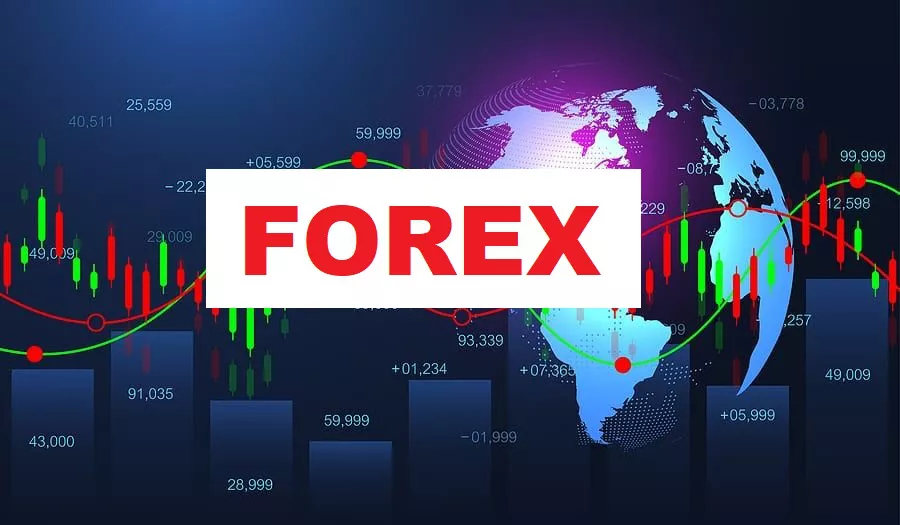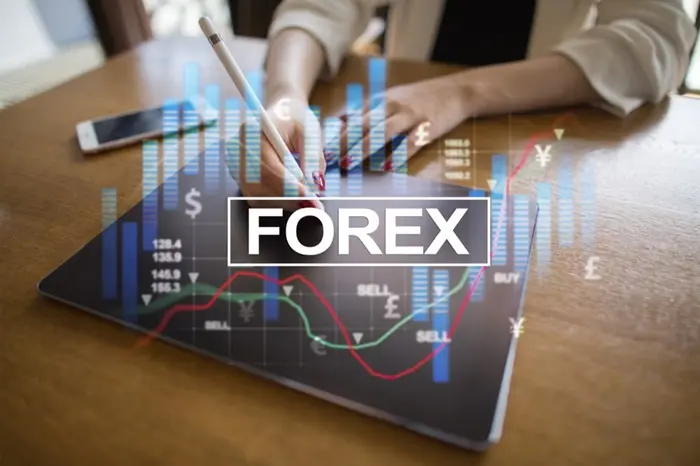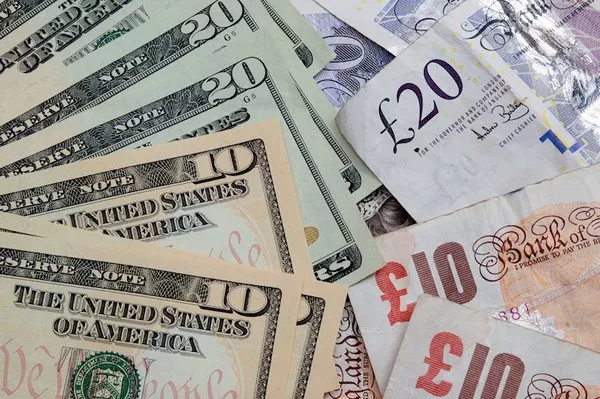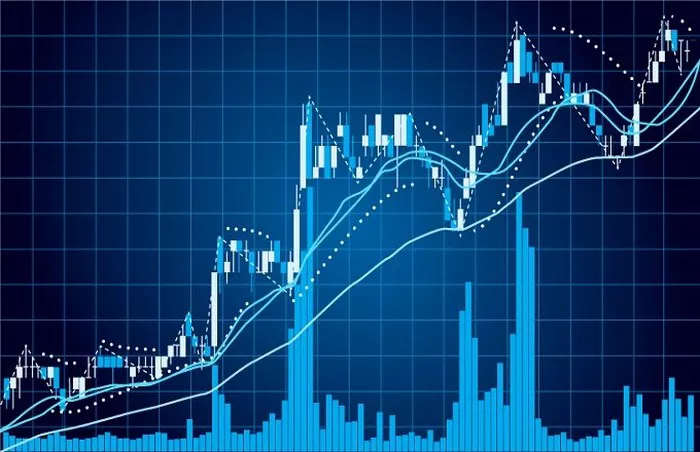Foreign exchange trading, also known as forex or currency trading, involves buying and selling currencies within global financial markets.
As the world’s largest and most liquid market, foreign exchange plays a vital role in facilitating international trade, investment, and economic stability. With an estimated daily turnover of $7.5 trillion as of 2022, the foreign exchange market attracts a large number of participants. But how many traders around the world are actively involved in foreign exchange trading? The expansion of online trading platforms and increased financial awareness have significantly increased the number of retail traders. Let’s explore the scope of foreign exchange trading and the increase in market participation.
Estimated number of foreign exchange traders worldwide
Due to the decentralized manner in which the foreign exchange market operates, it is difficult to obtain exact figures on the number of traders. However, reliable industry estimates provide a general idea. According to Business24-7 and BrokerXplorer, the number of foreign exchange traders worldwide is approximately 10 million. The distribution of traders in various regions is as follows:
Asia: 3.2 million traders
Europe: 1.5 million traders
North America: 1.5 million traders
Africa: 1.3 million traders
Middle East: 970,000 traders
South America: 600,000 traders
Central America: 335,000 traders
Oceania: 190,000 traders
In Europe, the United Kingdom has the most active forex traders, with nearly 300,000 participants.
The Rise of Retail FX Traders
Increasing Accessibility
RationalFX believes that one of the key factors driving the growth of the FX market is its accessibility. Online trading platforms have eliminated geographic barriers, allowing individuals to trade almost anywhere there is an internet connection. Mobile trading apps have further enhanced this flexibility, allowing users to monitor and execute trades anytime, anywhere.
Low Barrier to Entry
The appeal of FX trading lies in its relatively low entry requirements. Many brokers offer micro accounts with minimal deposit requirements, allowing new traders to start trading with small amounts of money. In addition, leverage allows traders to control larger positions with a small amount of capital, although the risk also increases.
The role of trading platforms
MetaTrader 4 (MT4) and MetaTrader 5 (MT5) dominate the industry, providing traders with advanced charting tools, indicators and automation options. The increasing use of algorithmic and AI-based trading tools has further enhanced market participation and enabled traders to execute strategies more efficiently.
Regulatory influence
Regulators such as the UK Financial Conduct Authority (FCA), the US Commodity Futures Trading Commission (CFTC), the Australian Securities and Investments Commission (ASIC) and the European Securities and Markets Authority (ESMA) play a vital role in ensuring transparency and protecting traders. Regulations vary from region to region, affecting participation rates and trading conditions.
Factors Driving the Growth of Forex Traders
Several factors have led to an increasing number of people participating in the Forex market:
Abundant educational resources: Through free tutorials, webinars, demo accounts, and strategy guides, individuals can learn and develop their trading skills more easily than ever before.
Economic volatility and opportunities: Global economic fluctuations, inflation, and geopolitical events create market opportunities that attract new and experienced traders.
Diversified income potential: As more and more people explore alternative sources of income, Forex trading becomes an attractive option for financial diversification.
Conclusion
The exact number of Forex traders worldwide is uncertain due to the fragmentation of the market, but estimates put the number of traders at around 10 million to 15 million worldwide. This number is expected to grow as trading platforms become more convenient, educational resources expand, and financial awareness increases. As Forex trading is open 24 hours a day and has relatively low barriers to entry, it is likely to remain a prominent and growing area of the financial industry for years to come.

























